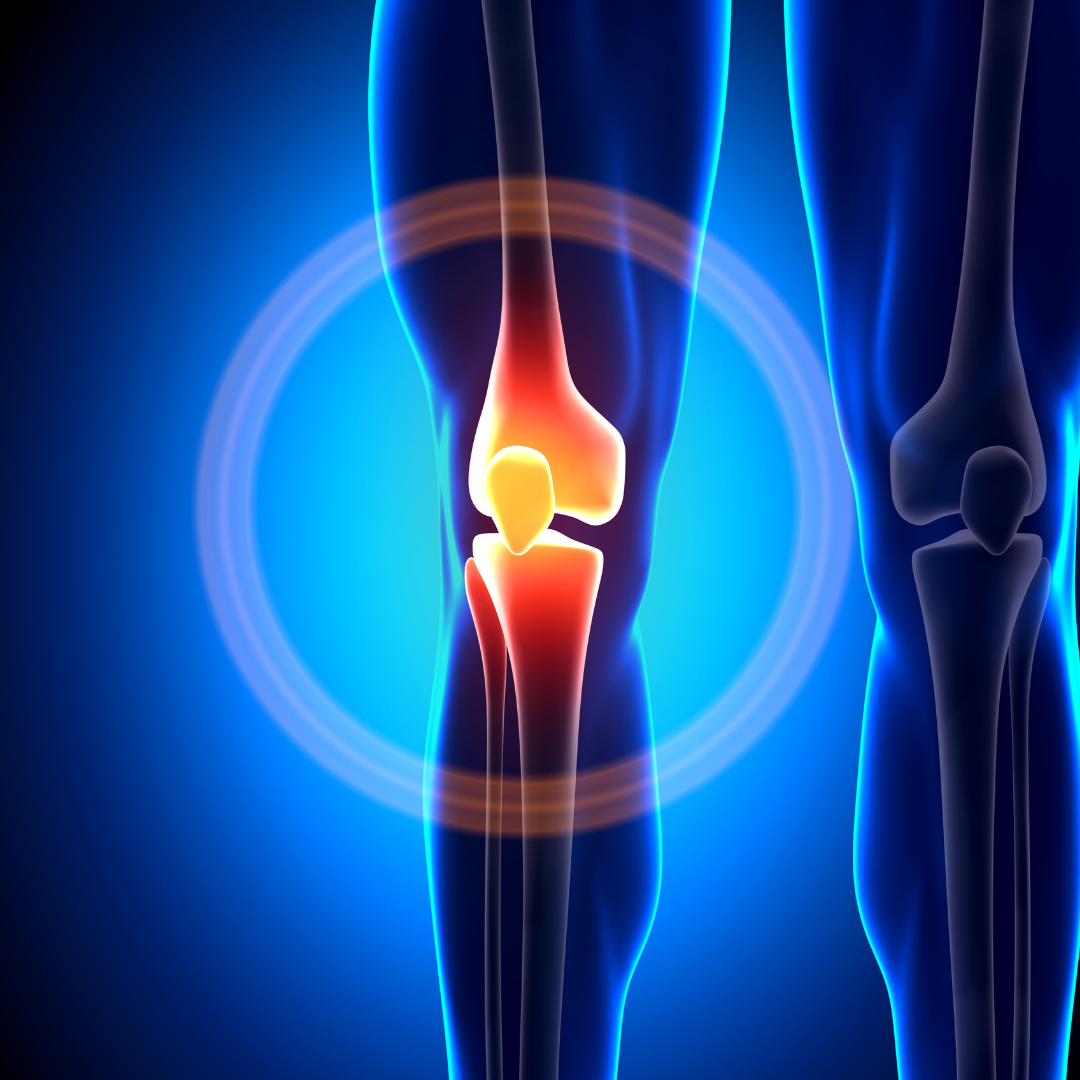Multiple award-winning studies—on topics such as extended antibiotic prophylaxis after total joint arthroplasty and metal debris in the knee joint following arthroplasty with nickel-free components—are
Category: Hip
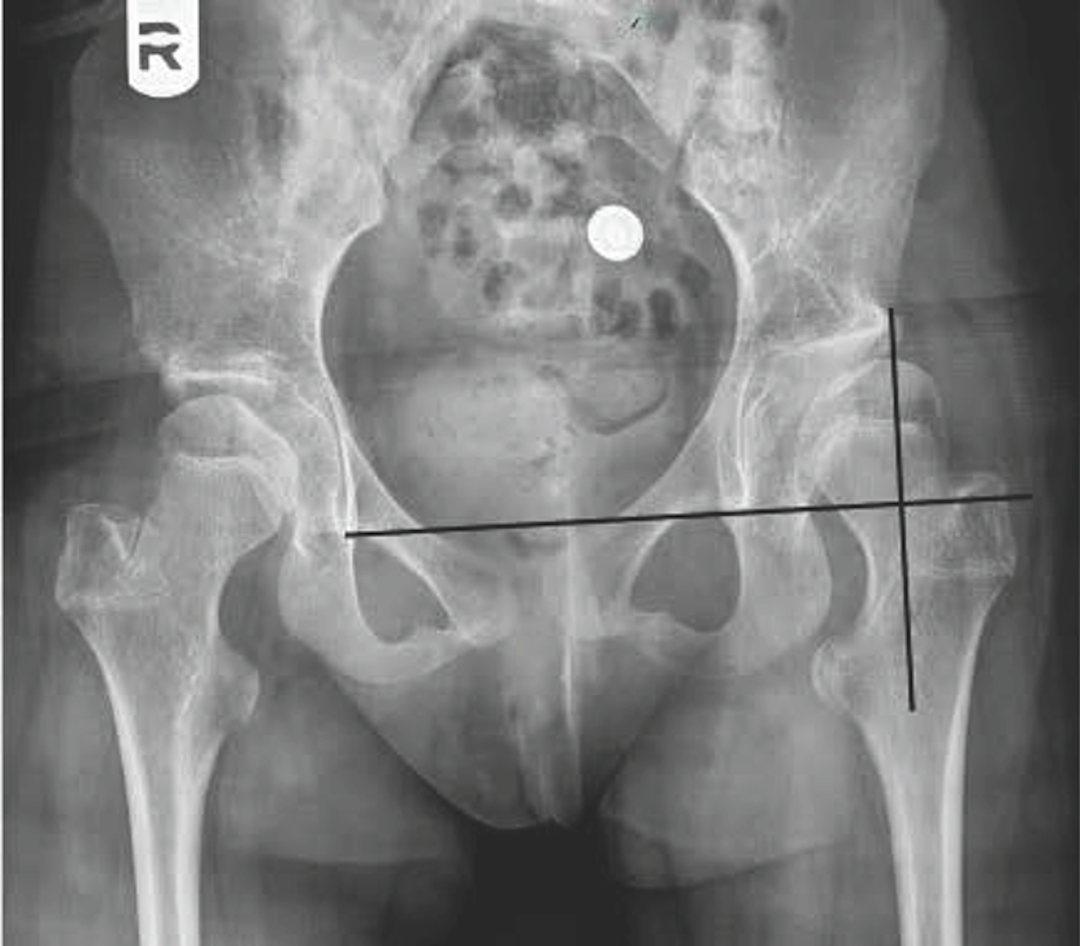
In a new study in JBJS, Asma et al. point out the need for additional evidence-based guidance on radiographic hip surveillance following skeletal maturity in
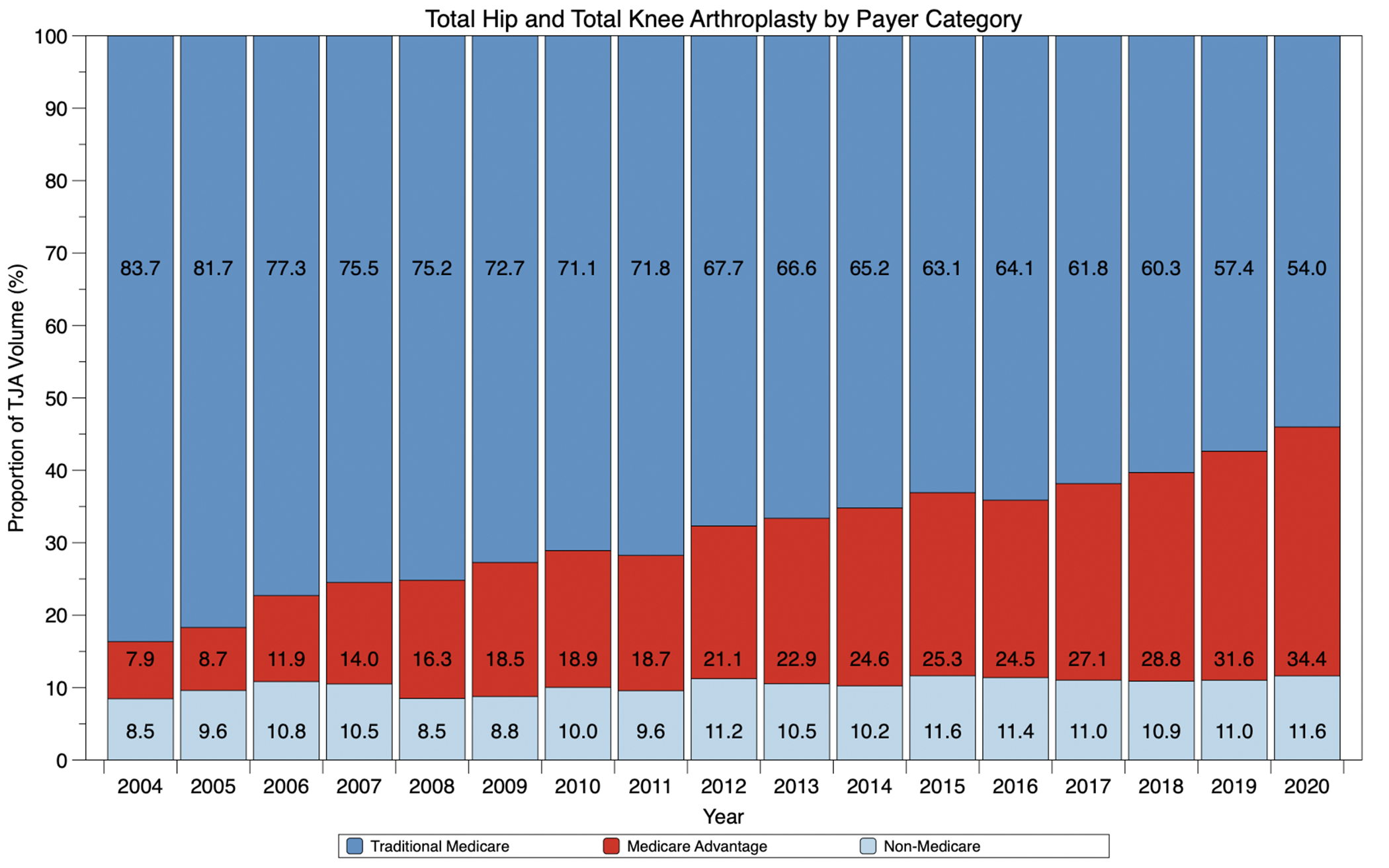
In this post, JBJS Editor-in-Chief Dr. Marc Swiontkowski reflects on the growth of Medicare Advantage enrollment and the impact it may have on orthopaedic database
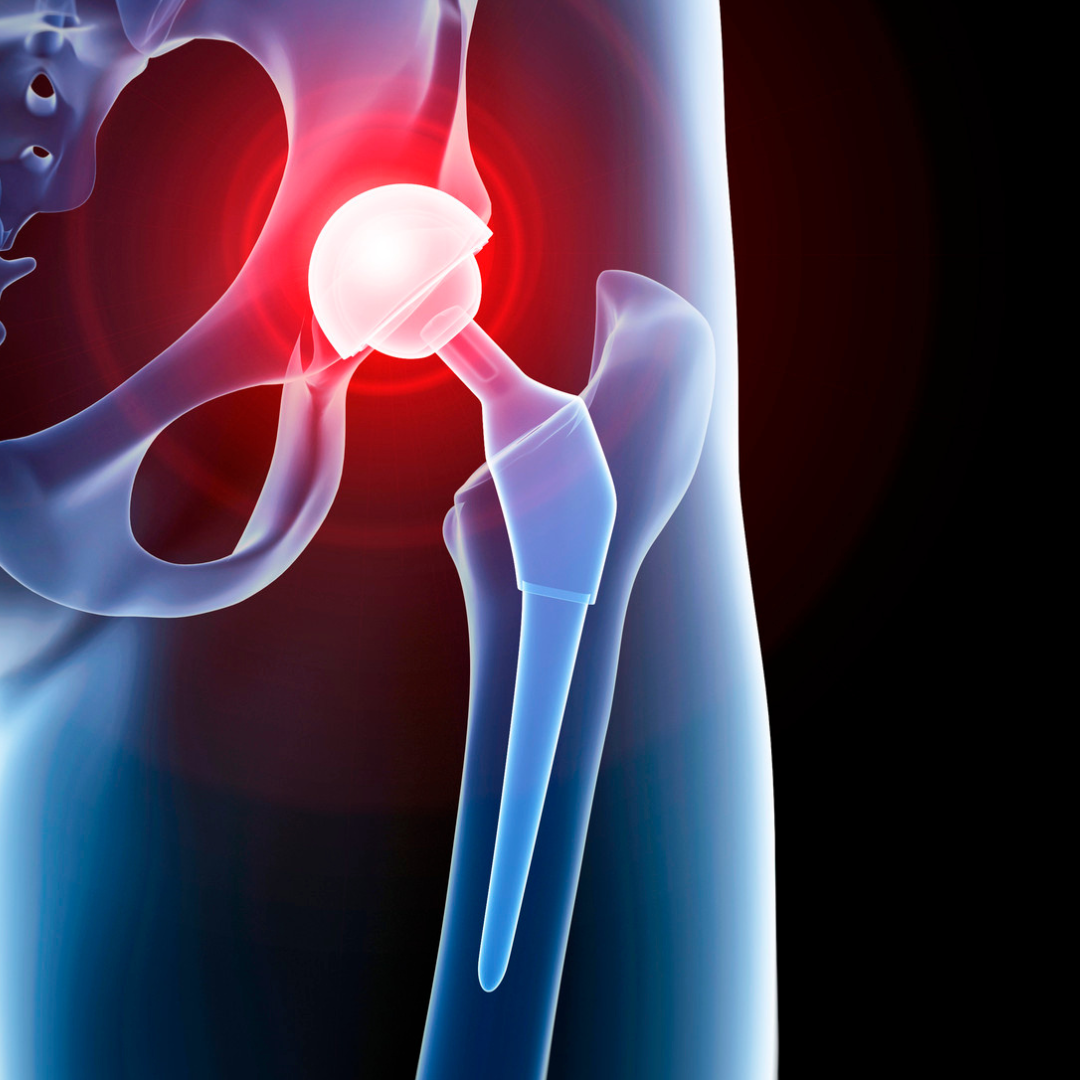
A new editorial offers additional perspective on a recent study of venous thromboembolism (VTE) prophylaxis in joint arthroplasty. The editorial appears in both JBJS and
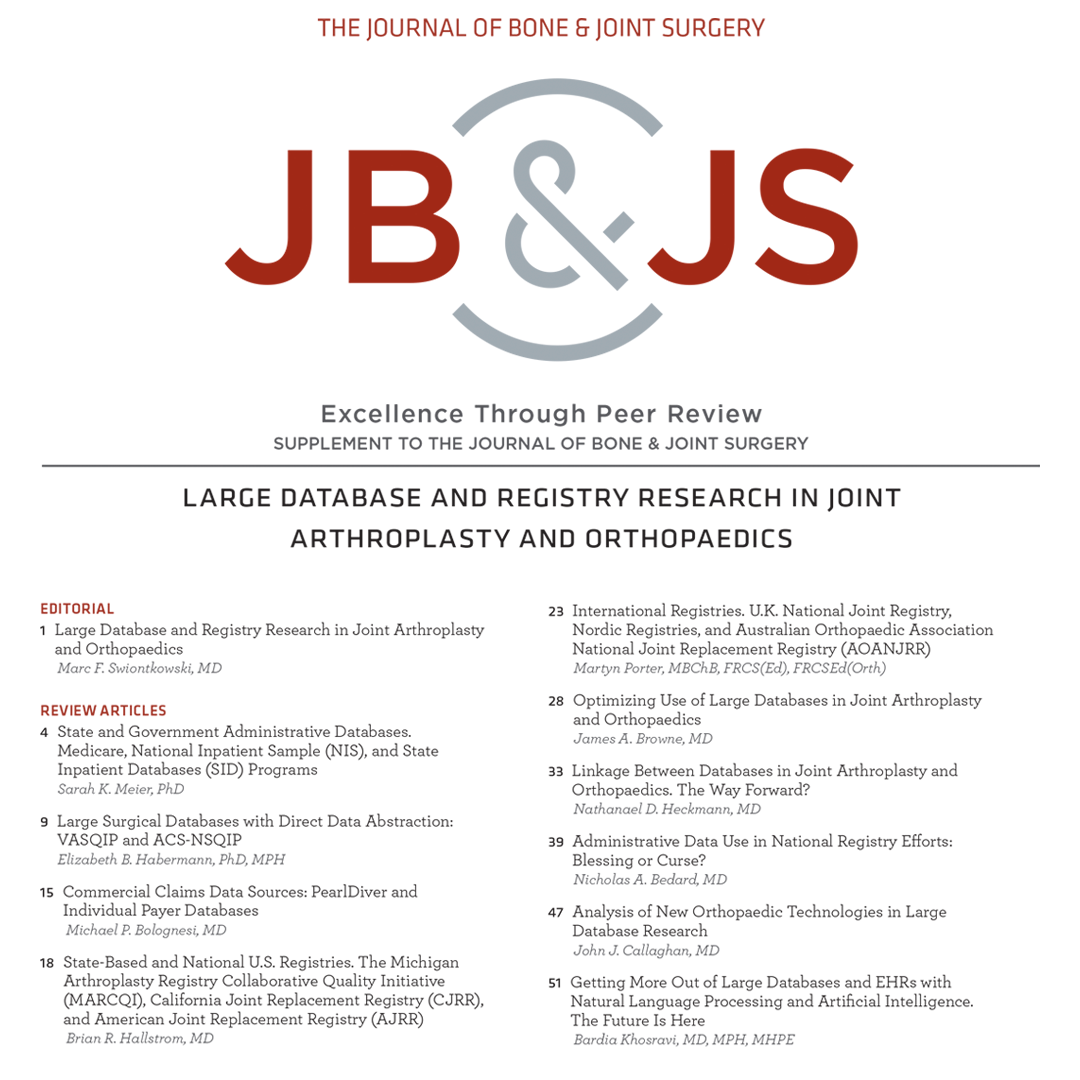
JBJS is pleased to announce the publication of the JBJS Supplement on Large Database and Registry Research in Joint Arthroplasty and Orthopaedics. The supplement was
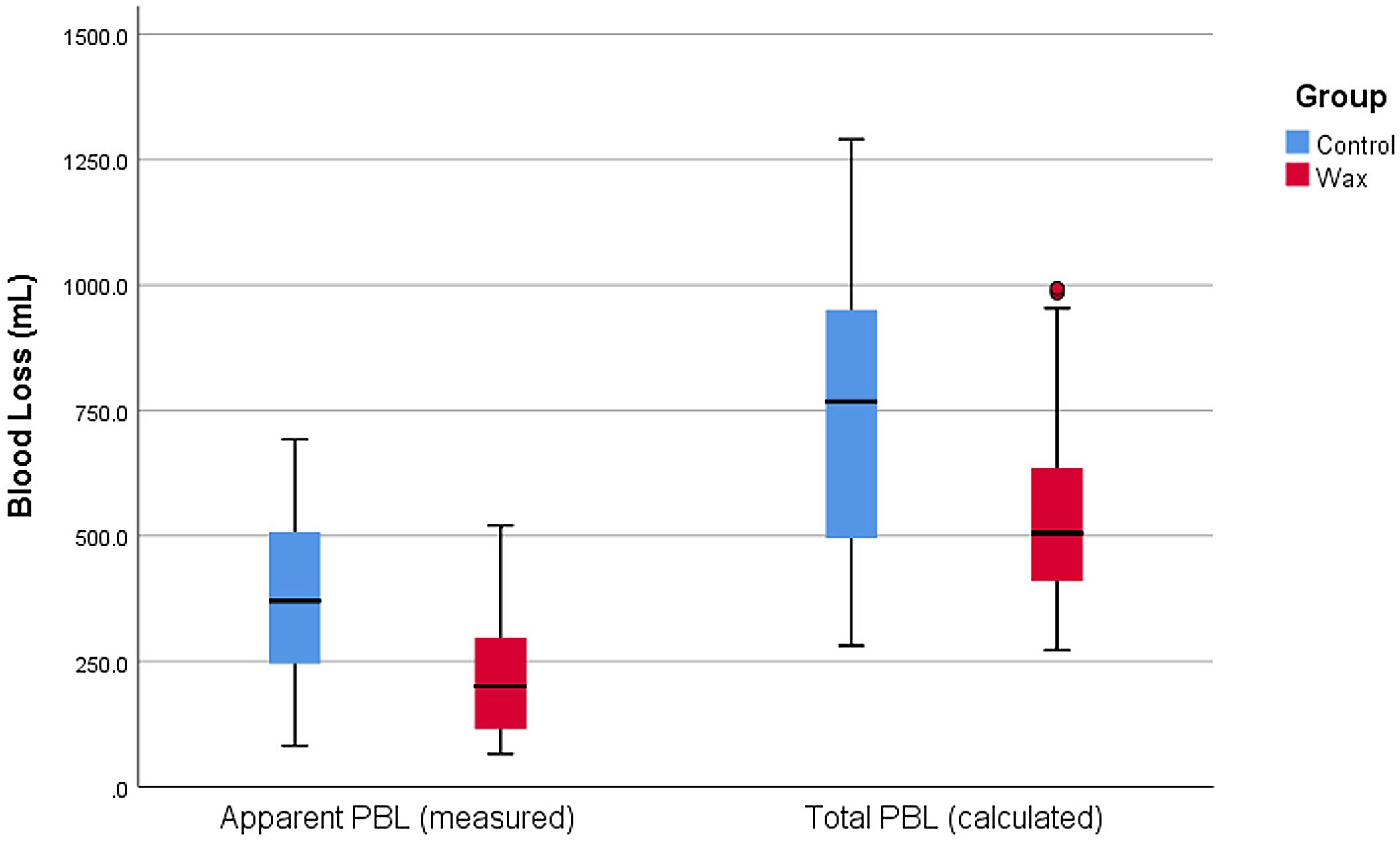
A number of measures have been suggested for reducing perioperative blood loss (PBL) in total hip arthroplasty (THA). A new randomized clinical trial in JBJS
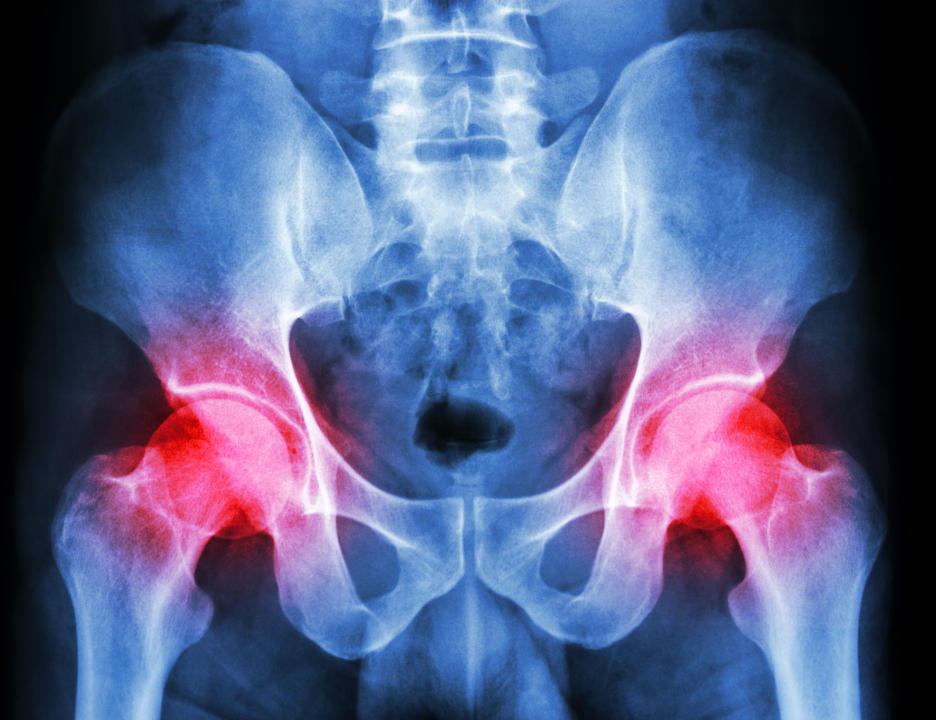
Implant design, socioeconomic inequality, and opioid prescriptions are some of the topics of the recent studies summarized in the JBJS Guest Editorial “What’s New in

In the current issue of JBJS, Goh et al. report on the association between glucose variability and postoperative complications following aseptic revision total joint arthroplasty

The rise in health-care costs has contributed to the push for value-based health-care (VBHC) reform. A recent JBJS-AOA Critical Issues article by Lin et al.
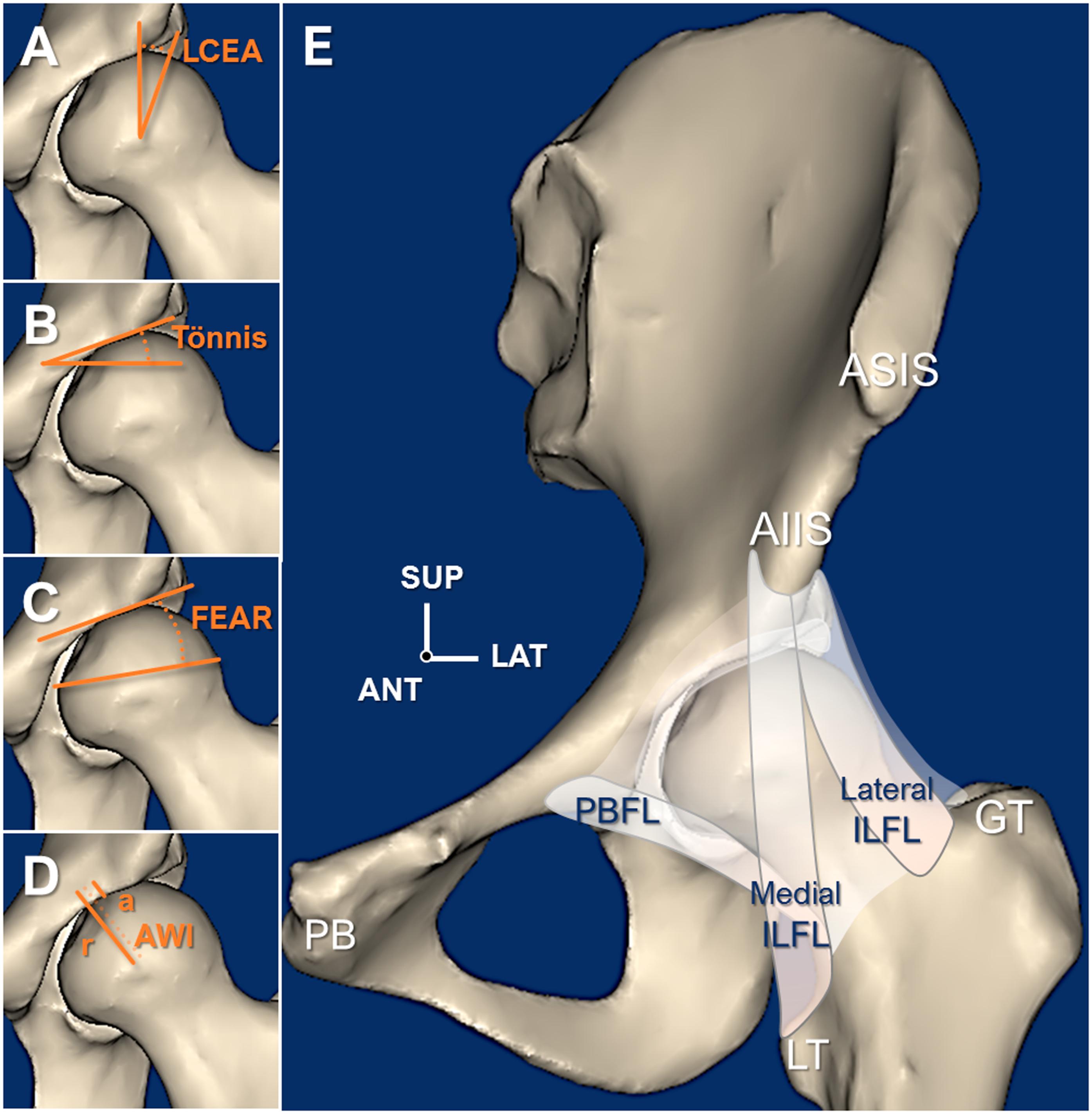
Hip dysplasia is known to cause early joint deterioration, instability, and pain. It can be corrected with the Bernese periacetabular osteotomy (PAO). However, stability of

